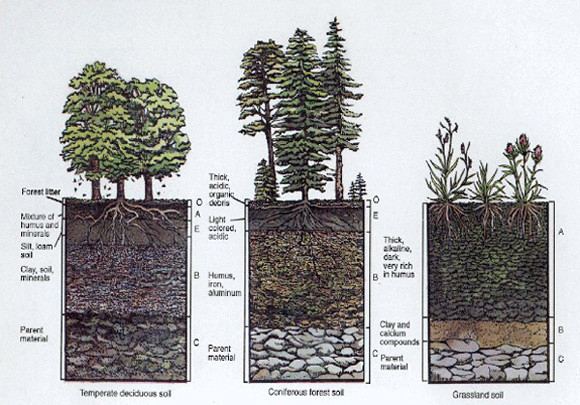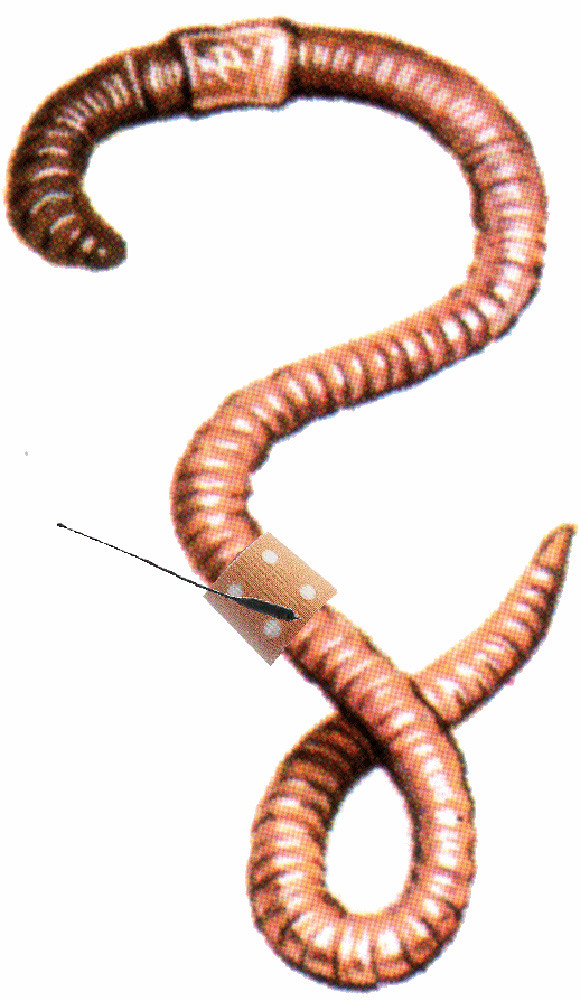Tracking the Worms – Routines and Trails in the Soil
Over the pas few month urbanTick was involve with a another tracking project lead by the British Royal Soil Society. The focus of the project is the investigation of the upper and middle soil layer around Britain to determine the advocational capacity of wildlife. It has been acknowledge how important these layers are in the wider context of the life cycle documentation.
We have been tracking earthworms as the main regenerator of soils. They are essential for the quality of the soil basically eating their way through the ground leaving behind healthier material. This is in the growint traditionof animal tracking projects. For earlier stories see HERE.
.png)
Image taken form Wikipedia / The common Earth Worm.

Image taken form envirosci / Different types of soils allow for different digging speeds.
For the tracking we have been working with a modified bird tracker, a mini responder worked into a plaster. This flat design of the technology bit has no impact on the worms capacity to digg his way through the tunnels. The antenna is the only element that sticks out but is very flexible. This pat is essential to allow for good communication under ground.

Images taken form Arturs clip art and superstock / The tiny tracker plaster used in the study. Here ‘Flippy’ models the unintrusive investigation device. She seemed very happy and wiggled this way and that way.
Great data has been received from this ongoing investigation. We now have a record depth of 22 meter that one of the worms ‘diggy’ has reached on the 21 of March. It has been unknown that worms do actually dig very deep after a good night out. Another worm ‘speedy’ has managed to underpass a road up north in the Willisher Area in just 5.5 days. Given the fact that it is difficult to navigate underground ‘Speedy’ has shown a tremendously impressive performance.

Image taken from Transit Newton Abbot / Some of the participating back gardens had to be dugg up in order to reclaim the rather expensive tracking equipment. However most people were happy to contribute something to an important environmental assessment.
However, the activity is not only restricted to underground some of the worms like ‘birdy’ have a history of overground activities, including climbing and flying. ‘Birdy must have been picked up by a bird or something. His record showed a rapid movement up to a hight of 8.4 meter above soil level. Her name should actually be ‘Lucky’, she escaped and dugg in right after. She is now at a constant depth of around 30 cm.
Some of the study results are also expected to find their way into the development of the the lastest Worms 3D game.

Image taken form application for us / Guess this is the new bird strategy.
